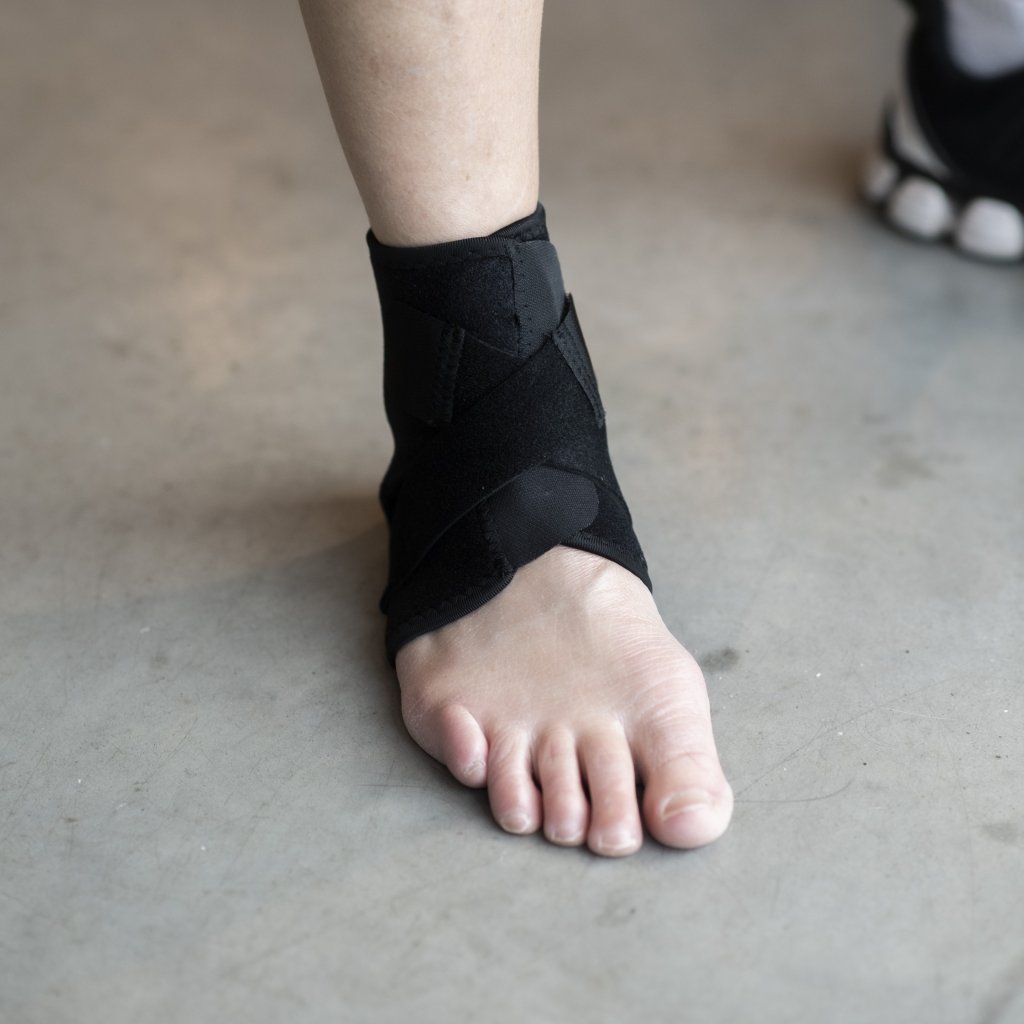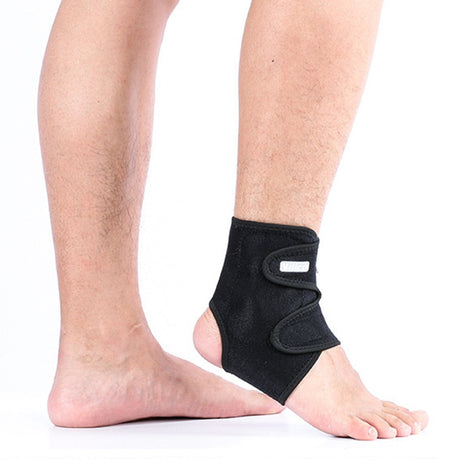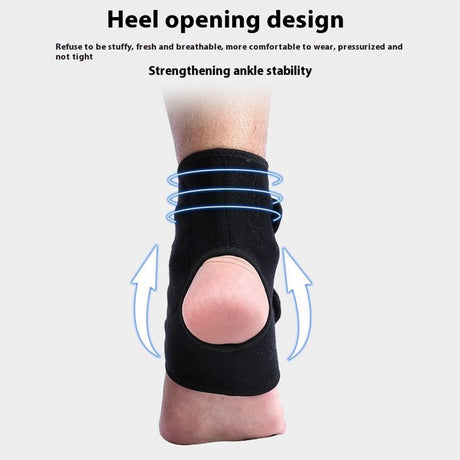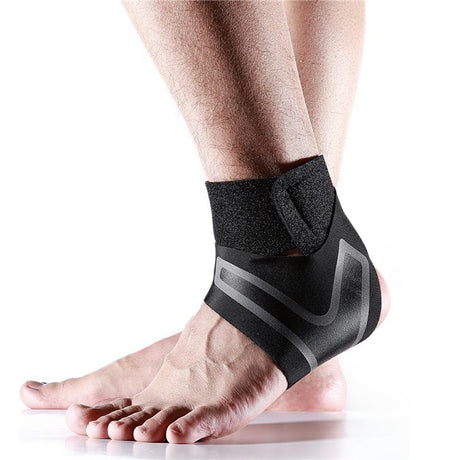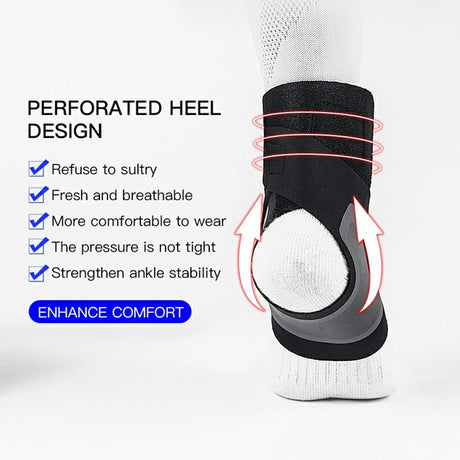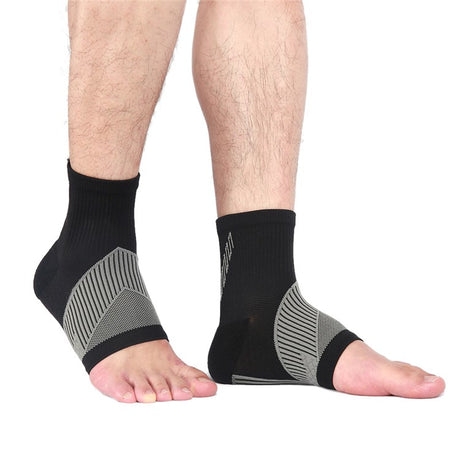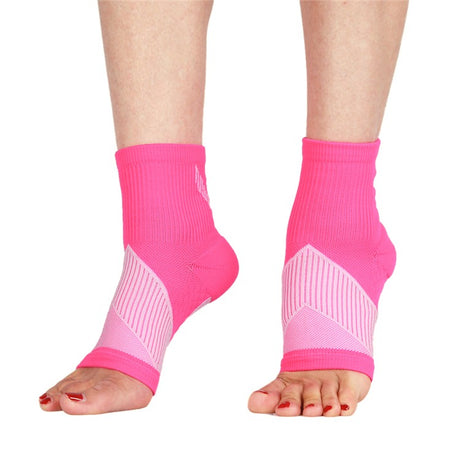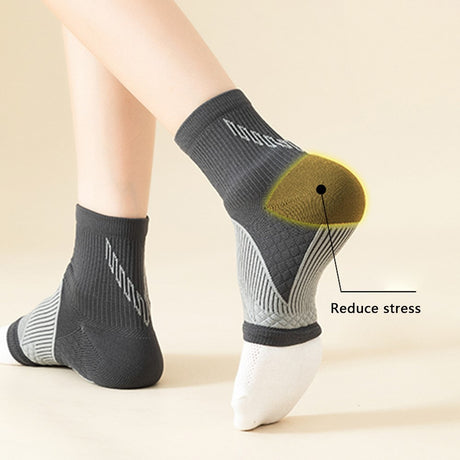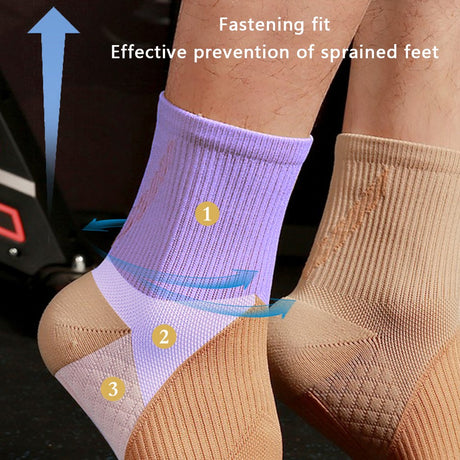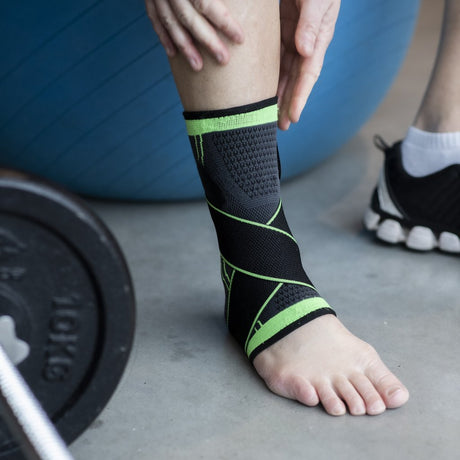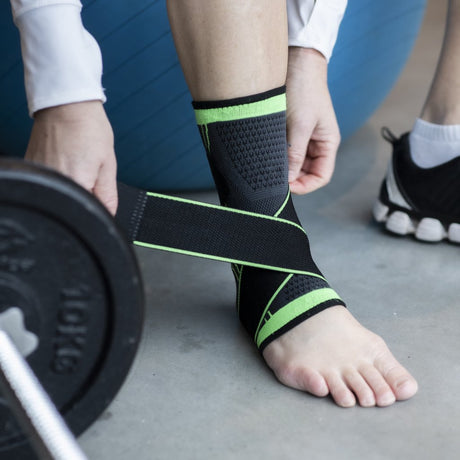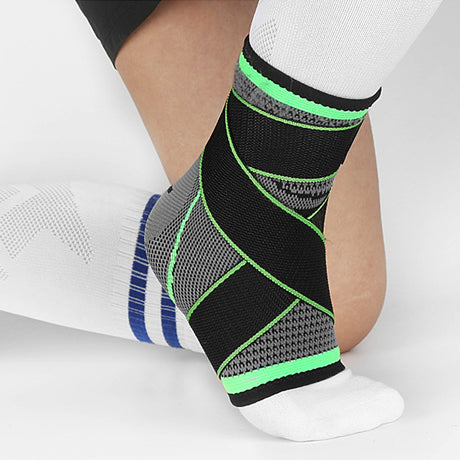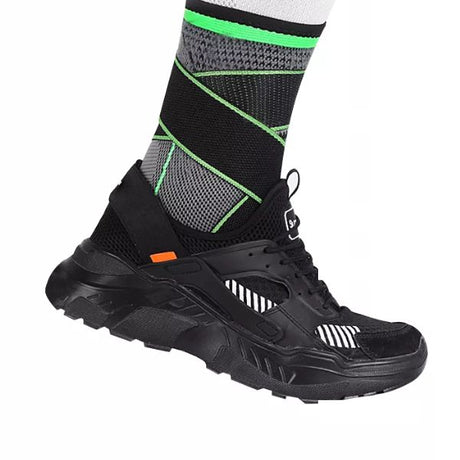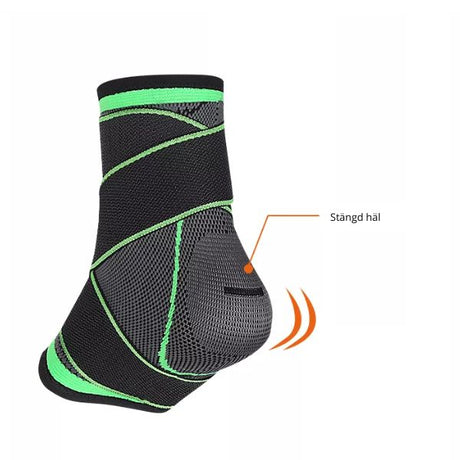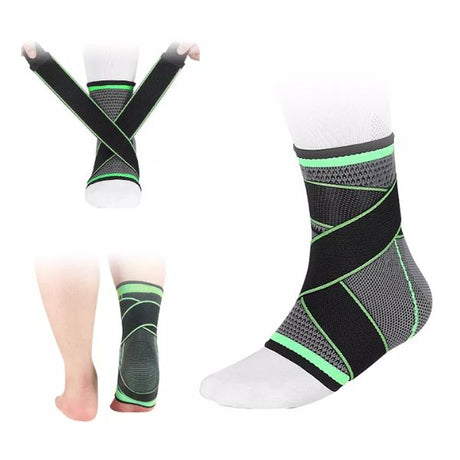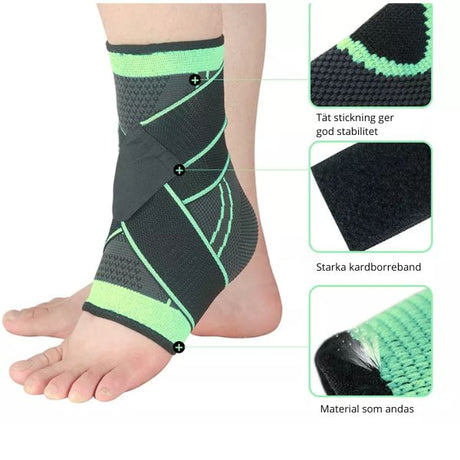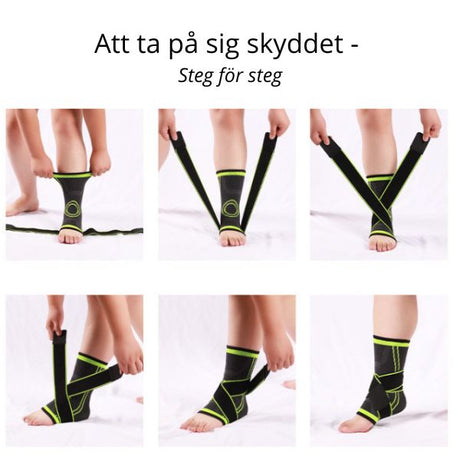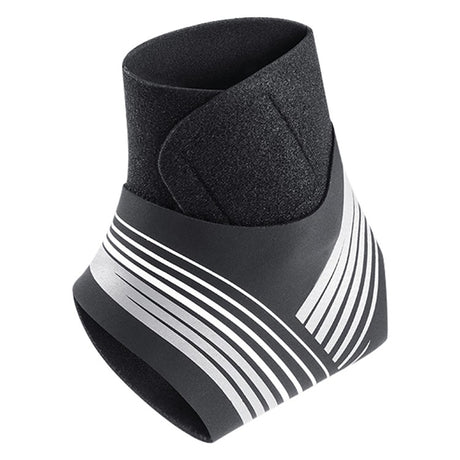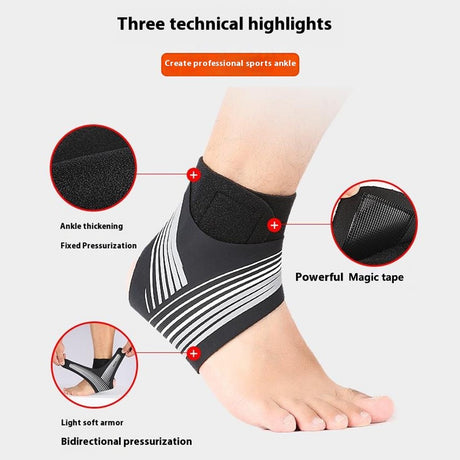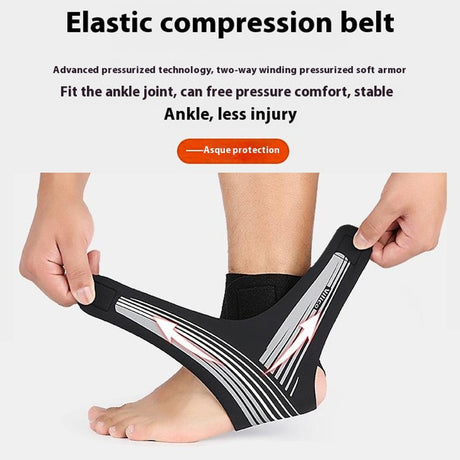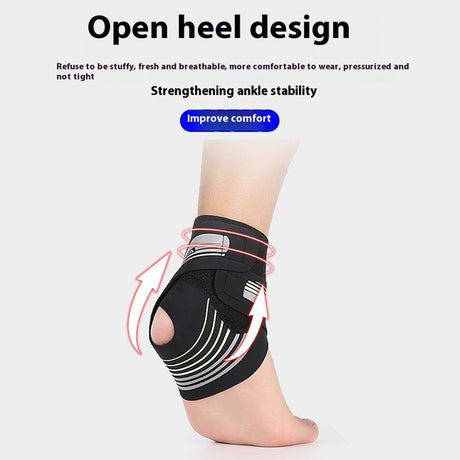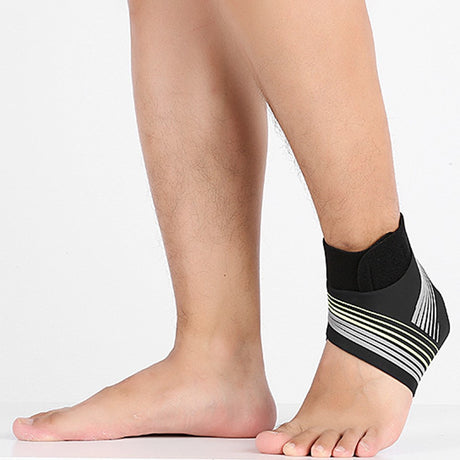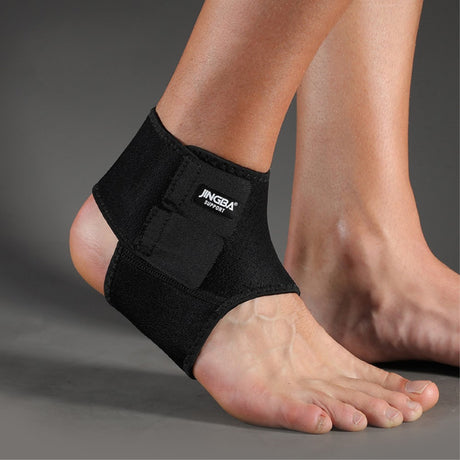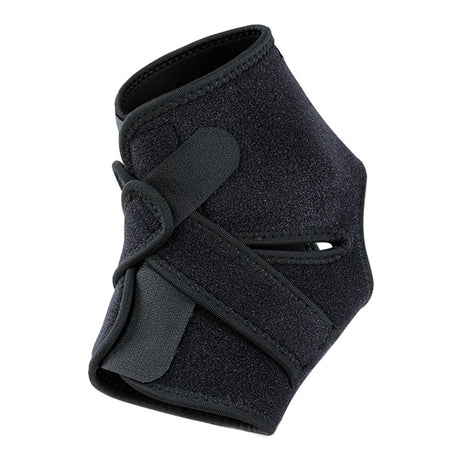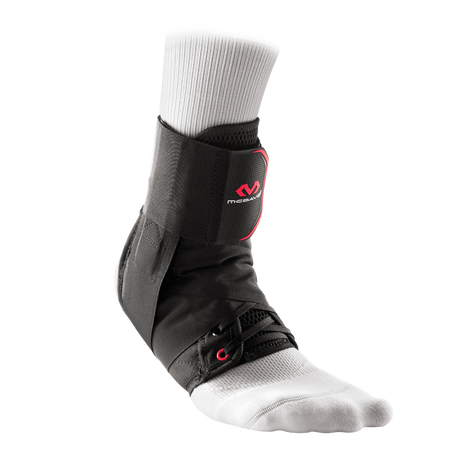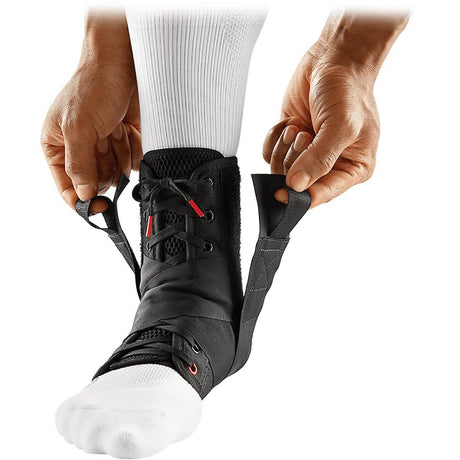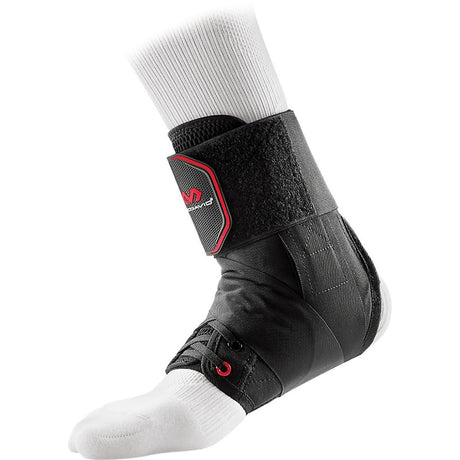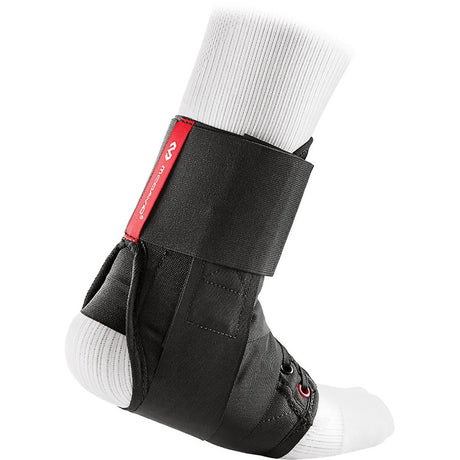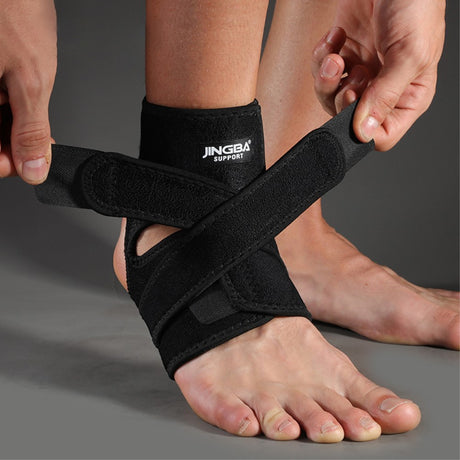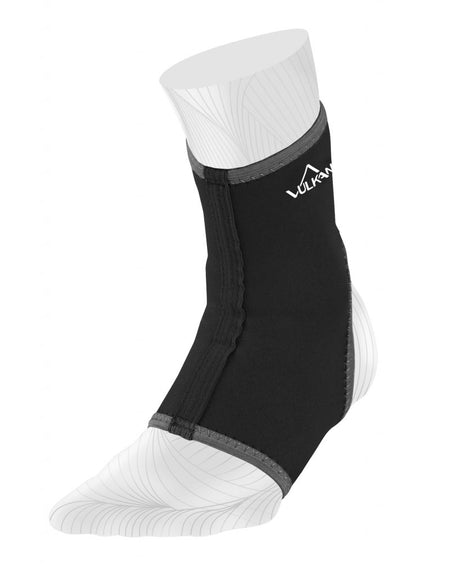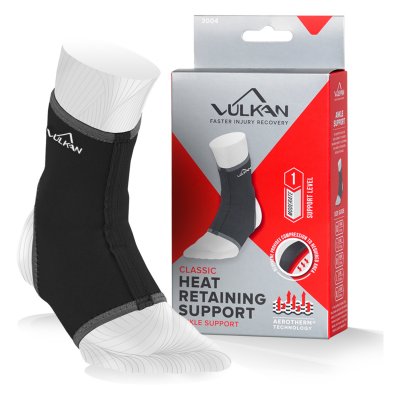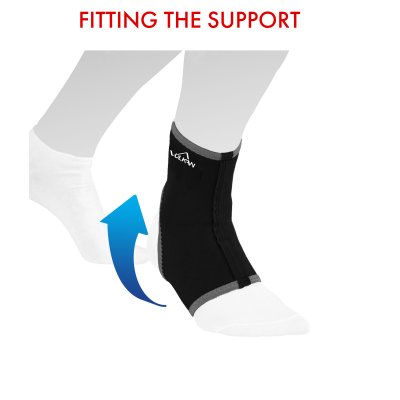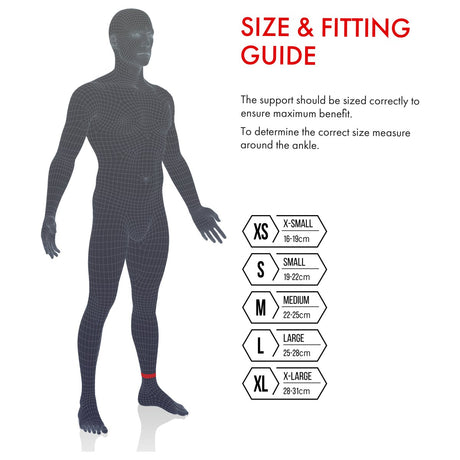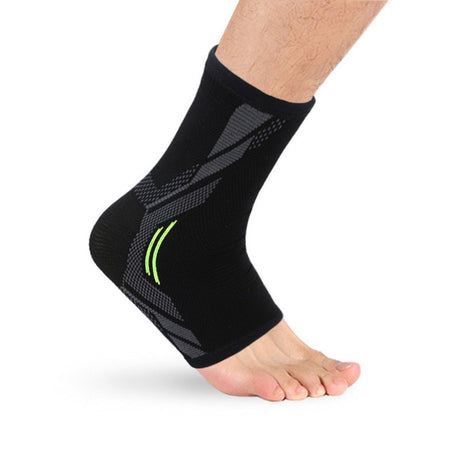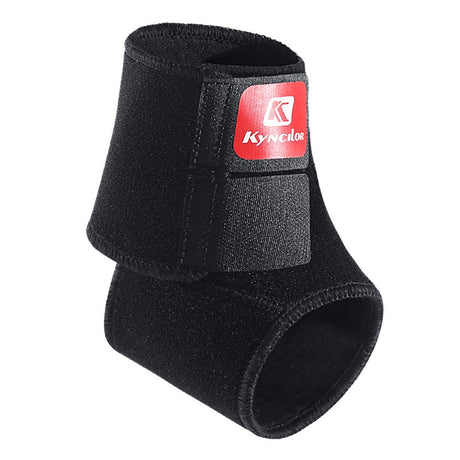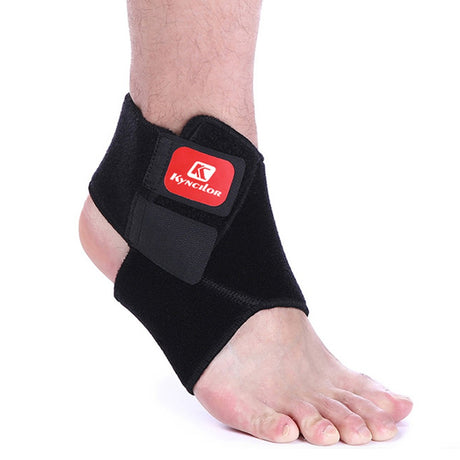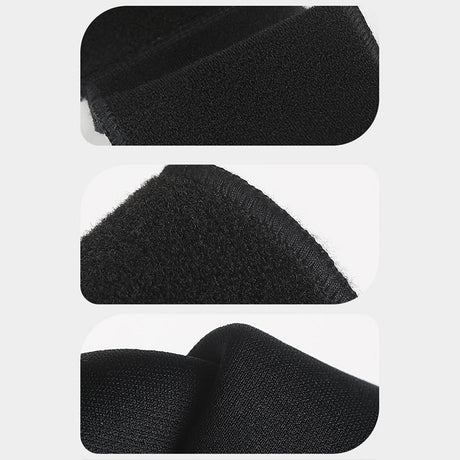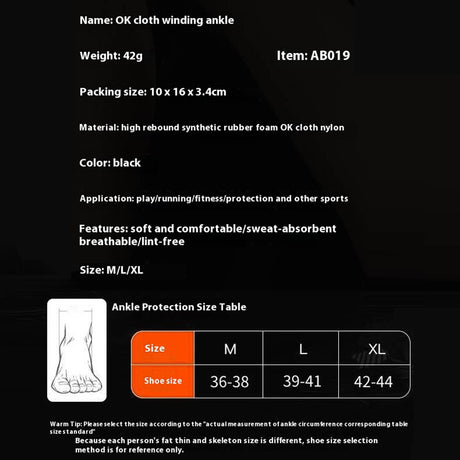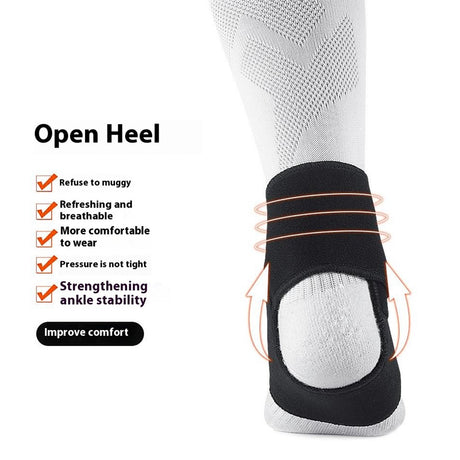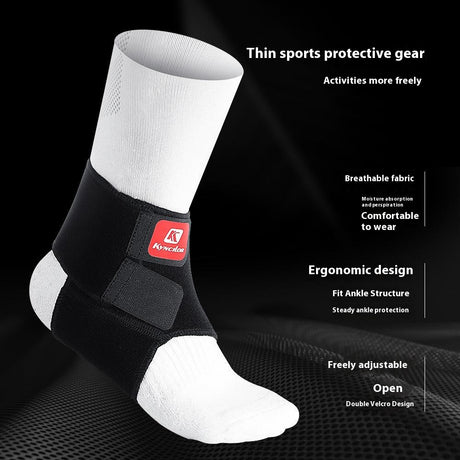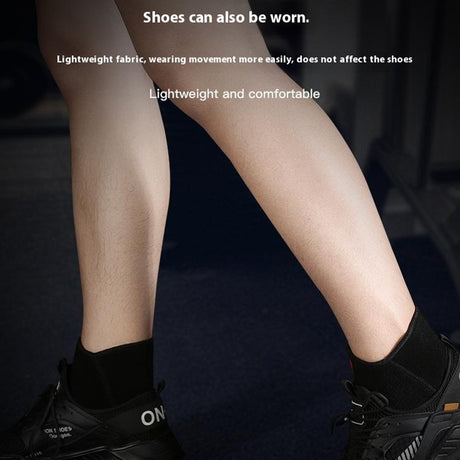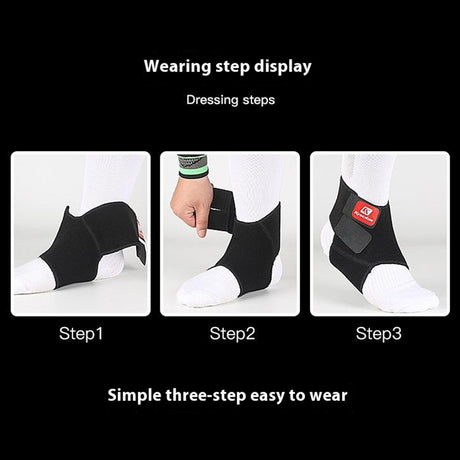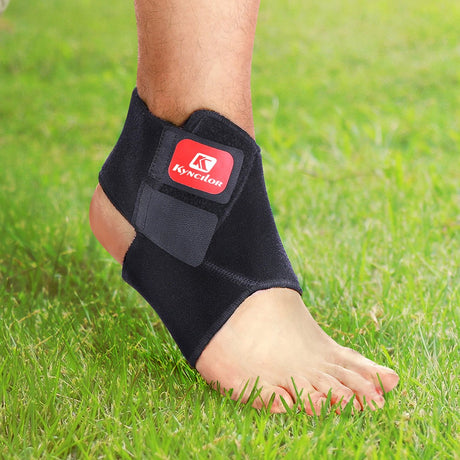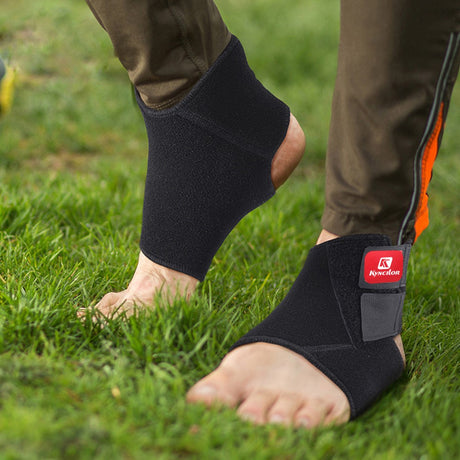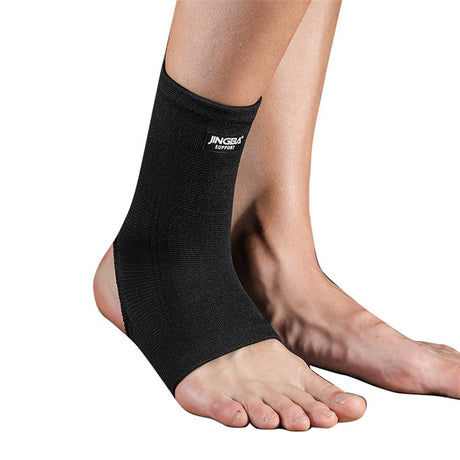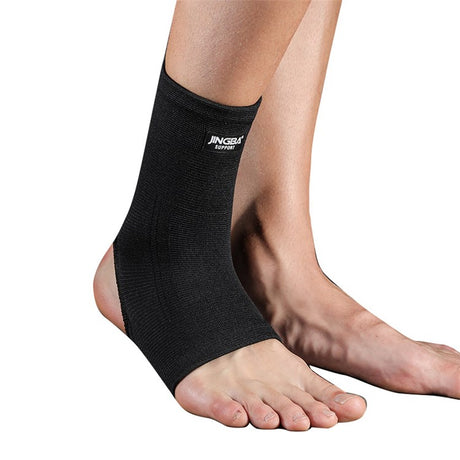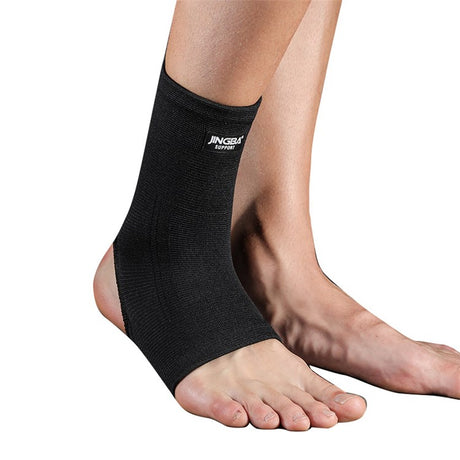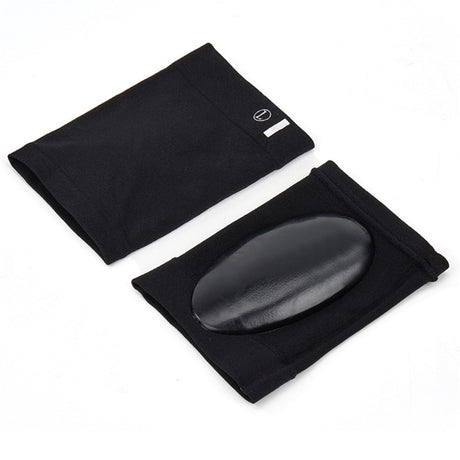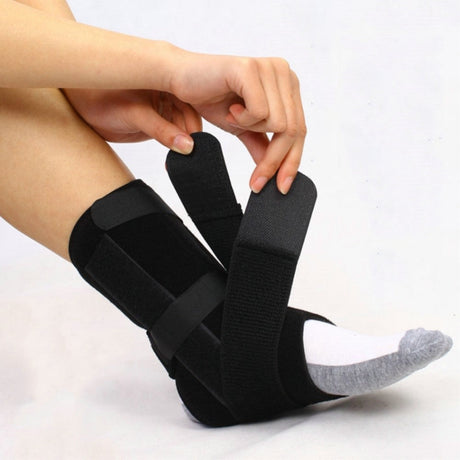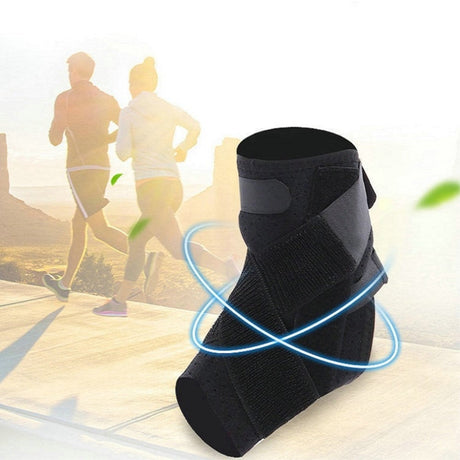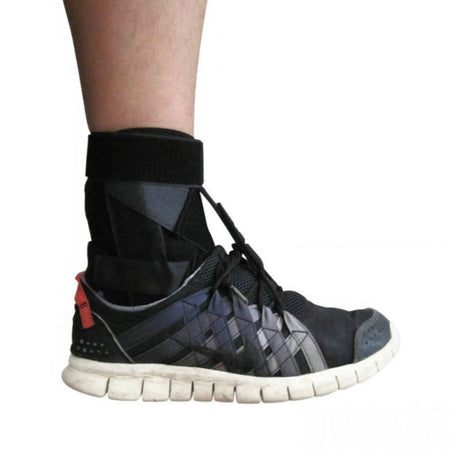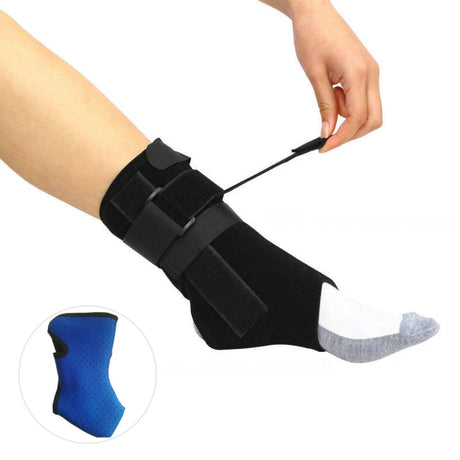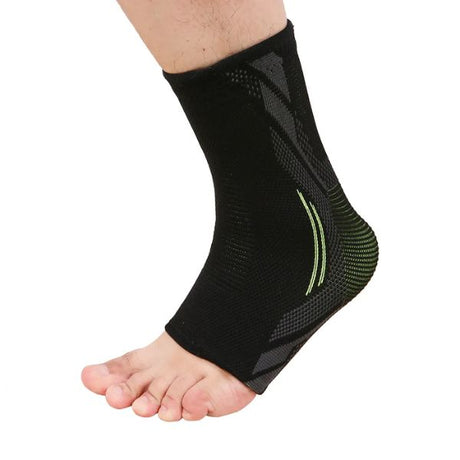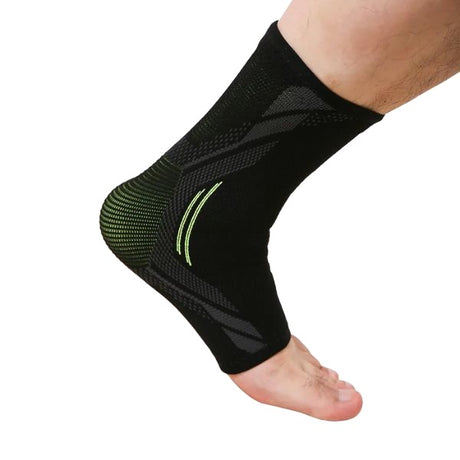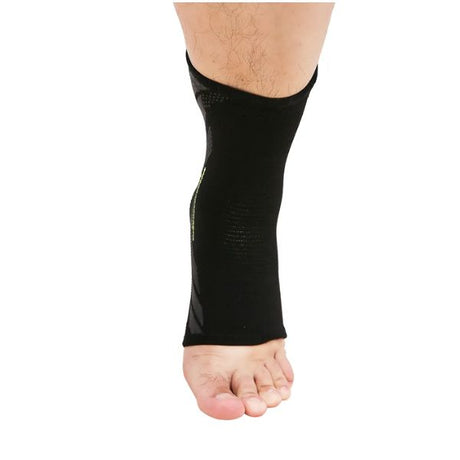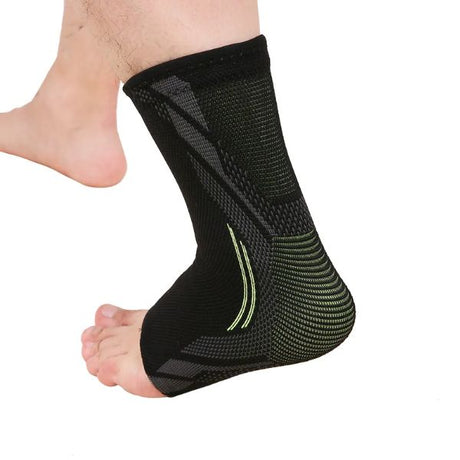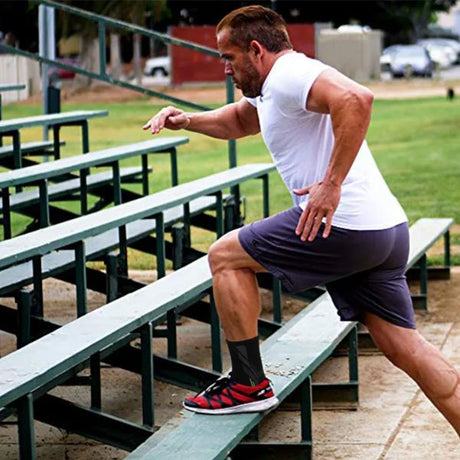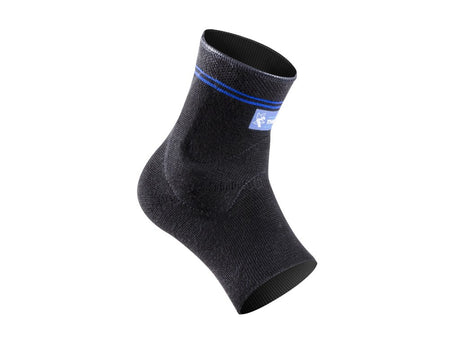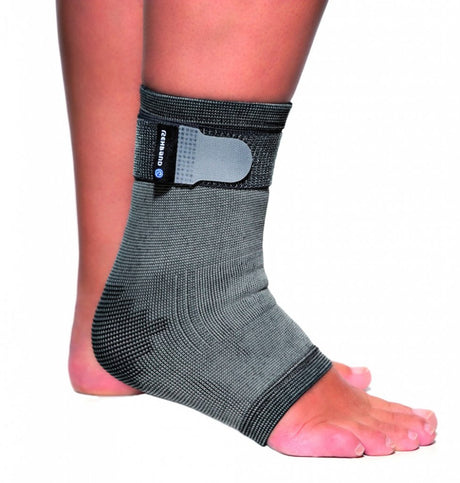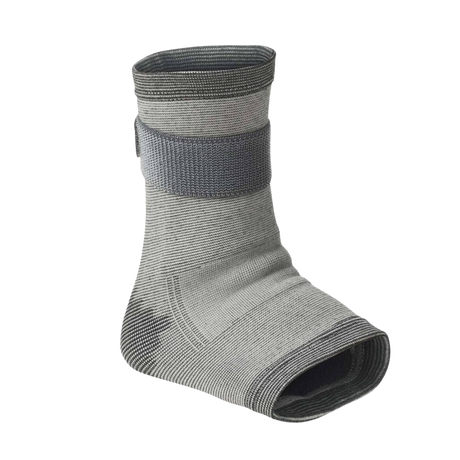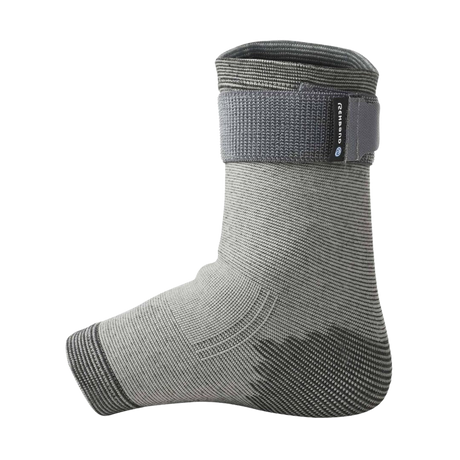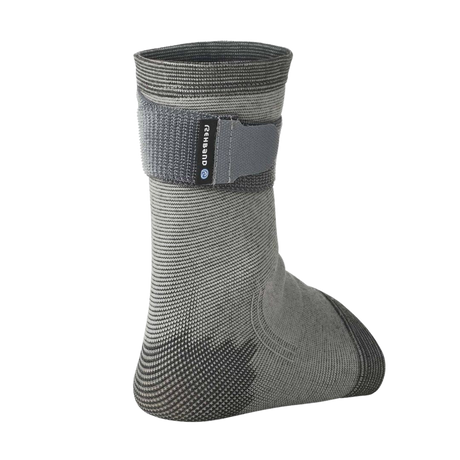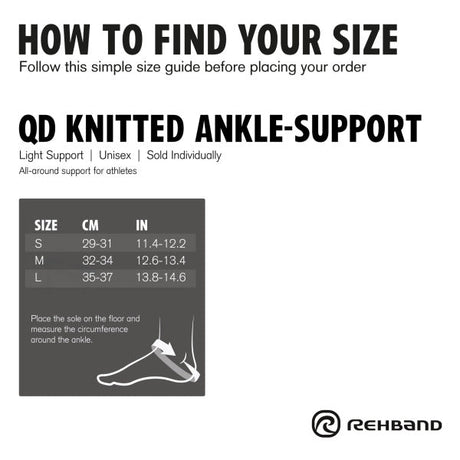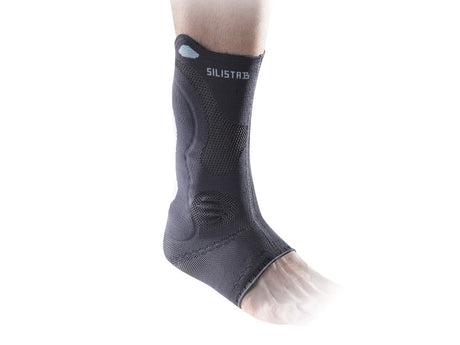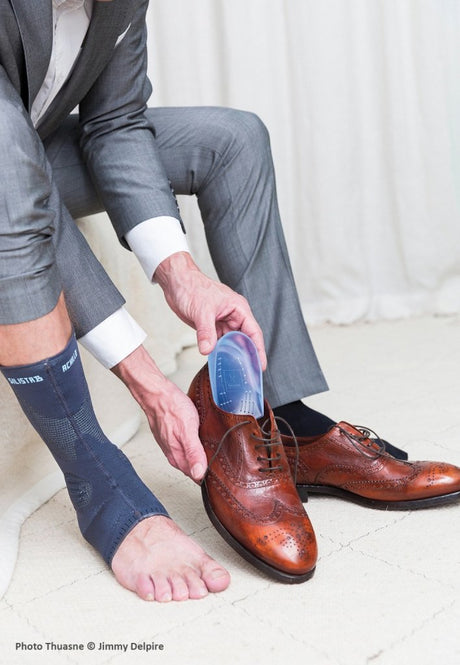- Regular price €18,00 EURUnit price /Unavailable
- Regular price €18,00 EURUnit price /Unavailable
- Up to 43% off
Ankle protection Flexible - Green/Black
Sale price €19,90 EUR Regular price €34,90Unit price /Unavailable - Regular price €23,00 EURUnit price /Unavailable
- Regular price €14,80 EURUnit price /Unavailable
- Regular price €19,00 EURUnit price /Unavailable
- Regular price €74,88 EURUnit price /Unavailable
- Regular price €23,50 EURUnit price /Unavailable
- Up to 5% offSale price €23,67 EUR Regular price €24,90Unit price /Unavailable
Lightweight Ankle Support Sleeve
Regular price €17,00 EURUnit price /UnavailableLightweight Ankle Brace Support
Regular price €24,00 EURUnit price /Unavailable- Regular price €15,00 EURUnit price /Unavailable
Compression Arch Support Sleeves
Regular price €14,00 EURUnit price /Unavailable- Regular price €26,00 EURUnit price /Unavailable
- Up to 33% offSale price €19,90 EUR Regular price €29,90Unit price /Unavailable
Size XL - Ankle protection for sprains and resumption of activity
Sale price €19,90 EUR Regular price €39,90Unit price /Unavailable- 32% offSale price €18,90 EUR Regular price €27,90Unit price /Unavailable
- Regular price €87,38 EURUnit price /Unavailable
Foot and ankle supports
Do you need an ankle support or brace? These aids provide stability, protection and warmth for your ankle – regardless of when the injury occurred, or if you want to prevent it from happening in the first place.
Buy ankle supports online today at Sportsmart. With our fast delivery, you will receive your new protection as quickly as possible, straight to your letterbox. If you have any questions, please contact our friendly customer service, who will be more than happy to help you.
Different types of ankle supports and braces
In our range, you will find selected ankle supports and ankle braces that serve different functions. Not all ankle injuries are the same, and it is important that you find something that suits you.
Elastic ankle supports
An elastic ankle support, which is the most popular and common option, works like a sock that is pulled around the ankle. These options are designed for compression and a tight but comfortable fit. They provide support for your ankle and reduce the risk of you stepping awkwardly.
The reason why they are so popular is that they work well and can be worn either under or over socks, and therefore also in your shoes, without any problems. They are a perfect option if you are trying to avoid strains, sprains, or overload when you are in the final stages of rehabilitation after an injury. Think of it as extra support for your ankle in everyday situations when you start using it normally again.
Adjustable ankle supports
An adjustable ankle support is designed for more serious injuries and ankles that need extra support. These options provide more robust protection for effective stabilisation, counteract swelling, and prevent sprains, strain, and other issues that can cause new injuries.
With an adjustable brace, you can determine the degree of support yourself by adjusting the Velcro straps, and some models even come with built-in splints that keep the foot in place. The disadvantage of these products is that they cannot be worn in a shoe or under a sock, but are designed for injured ankles at the beginning of the rehabilitation process.
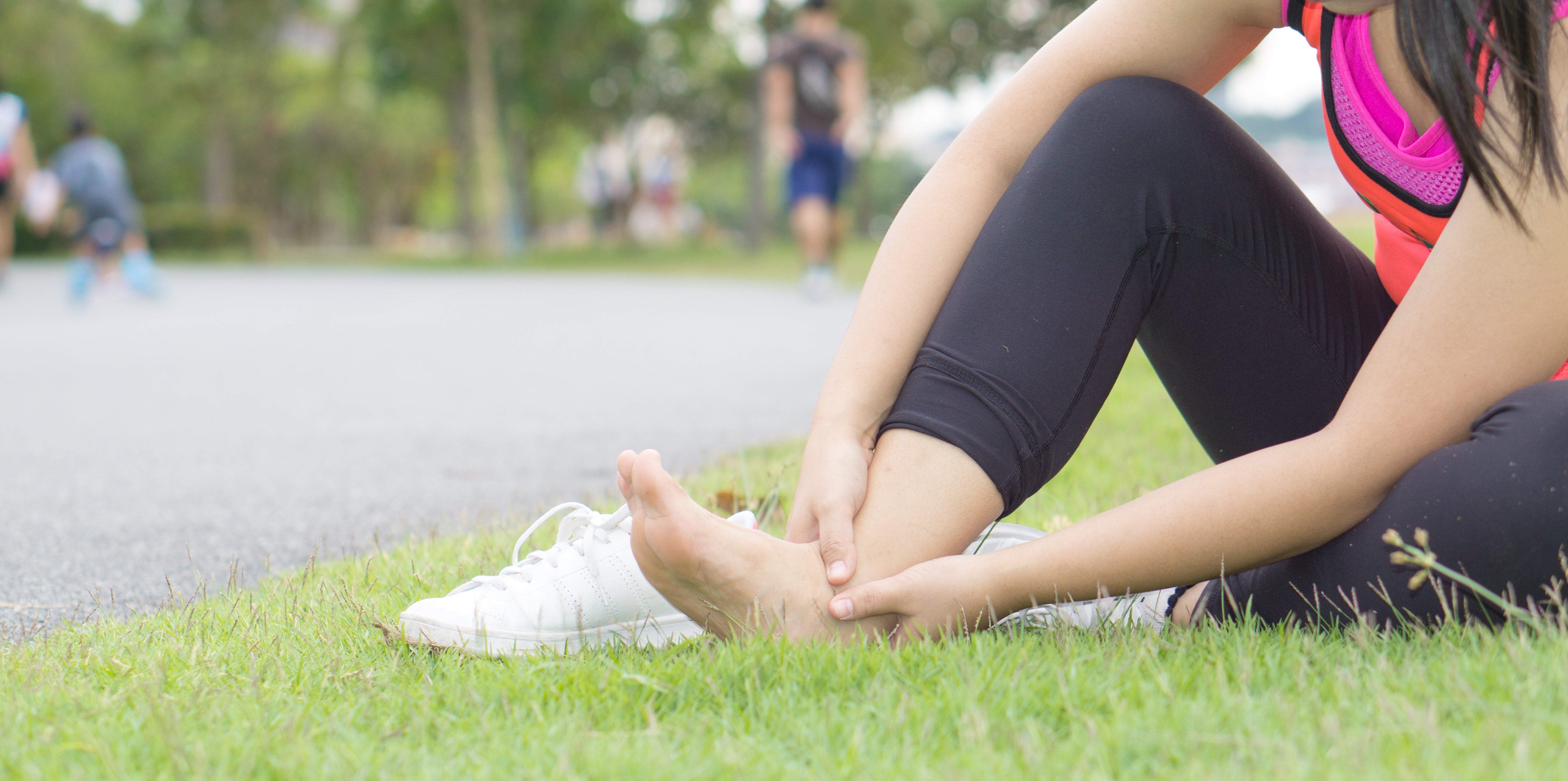
What is an ankle support good for?
An ankle support serves two main purposes: to help you avoid injuries and to help you recover from an injury that has already occurred. The right support provides stability in the ankle, which ensures that you do not step awkwardly and thus avoid sprains and other injuries. On an already sprained foot, the support helps with blood circulation, and thanks to the fact that it is stabilising, it can also contribute to pain relief - especially when you start walking and putting weight on your foot again.
When should you use an ankle support?
An ankle support can be used both preventively and for recovery. You can use one after an ankle injury to prevent instability, further damage, swelling or other symptoms, but they can also be used preventively if you are concerned about instability in your foot, which can cause you to step awkwardly. The ankle brace is designed to restrict the movement of the ankle, making you feel more secure when walking, working out or playing sports.
